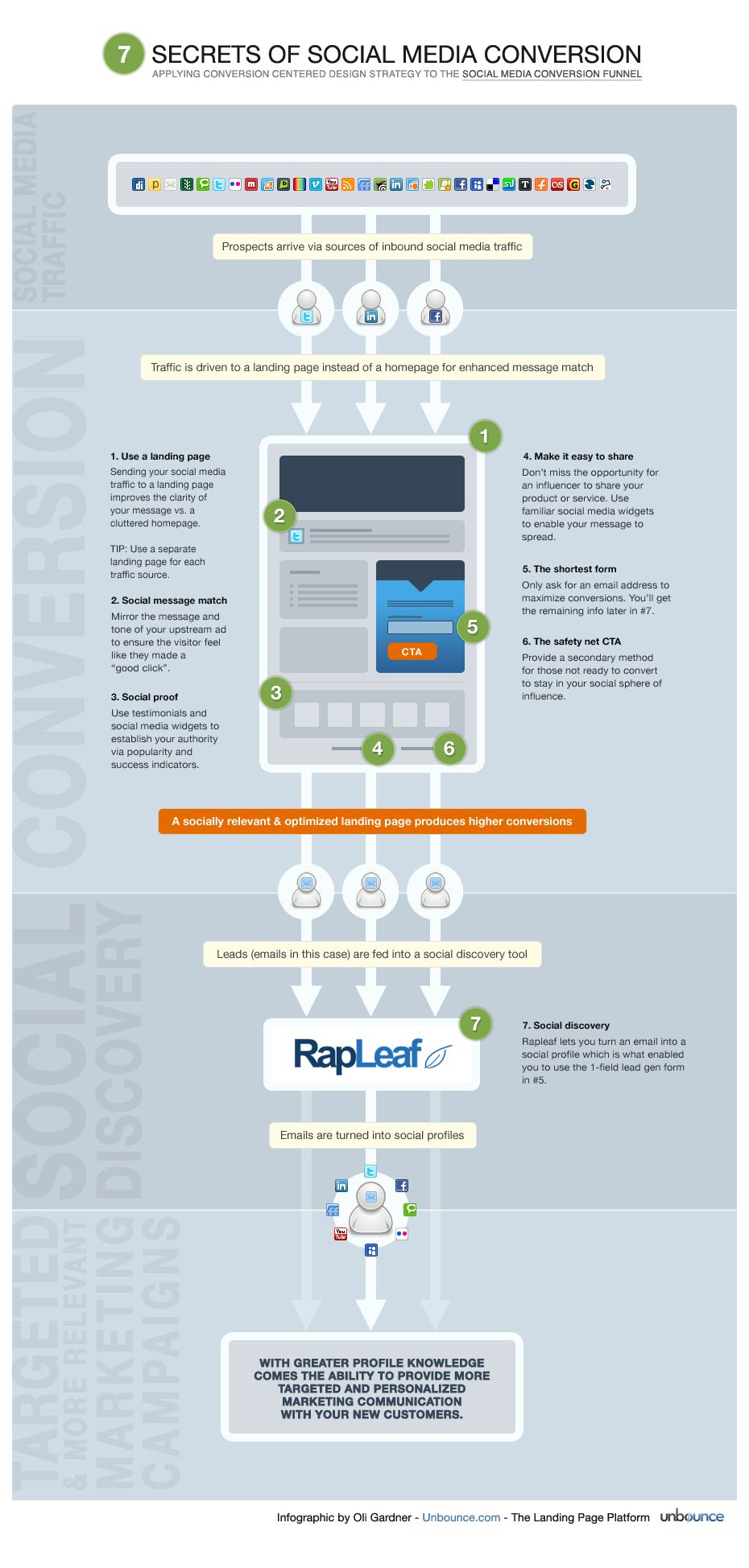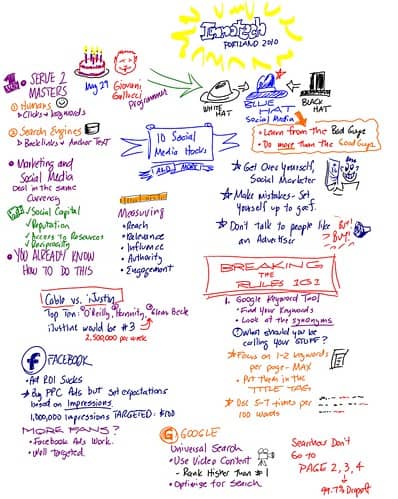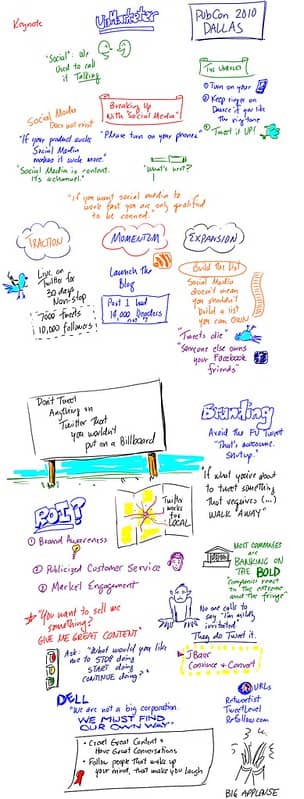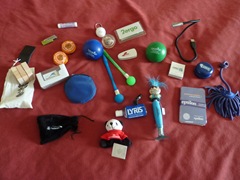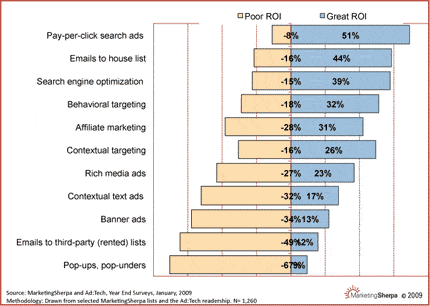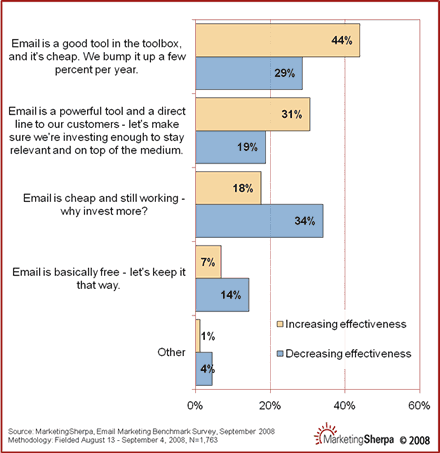Why do so many marketing departments have trouble turning personas into actionable marketing gold? I believe it is because traditional “buyer personas” are too broad in their definition.
In this post, I introduce you to Touchpoint Personas and identify their key components.
I will compare the concept of touchpoint personas vs buyer personas. If you are interested in user personas check them out on this article.
Personas are fictional representations of your customers designed to help you understand what to say to prospects and how to deliver content to them.
There is no better predictor of conversion success than the availability of personas.
“Your market research with an attitude, your analytics in a skirt.”
The Anatomy of a Great Online Persona
Melanie is your market research with an attitude, your analytics in a skirt. Bill is the voice that rings through the headsets of your customer service support people, unwavering in his desire to get what he wants. Amy is that segment of your house list who got distracted before she finished ordering online.
None of these people exist, but they are powerful guides for any business that wants to grow in an age of digital content.
Melanie, Bill and Amy are touchpoint personas, and they can walk right into any meeting you have and “lay down the law.” They know what they want, and they are your ally in getting the resources you need to deliver.
Read on to learn why a touchpoint persona is so powerful and to figure out what information you should include to help you understand the customer.
How is a touchpoint persona different from a buyer persona?
Those businesses with the most effective content marketing strategies are using buyer personas as their guide. But, buyer personas have the following limitations when it comes to creating a customer journey and its implementation:
- They may not be found in every channel. A buyer persona that visits your brick and mortar store may never buy online.
- They often do not comprehend the limits and strengths of individual channels. In the store, the salesperson is the primary way customers interact with your brand. Online, there are far more communication options.
- The demographics associated with each are open to interpretation. What kind of home does a person making $175,000 a year live in? Some may say a mansion. Some may say a small ranch.
- Touchpoint personas focus the team on one channel: the store, the website, the phone, the social graph, etc. The result is fewer personas per channel and more specific personas, which means a more consistent effort on the part of your production teams.
Creating online touchpoint personas: the 7 Components
Here are the components of the touchpoint personas that Conversion Sciences creates for clients. Much of this has been adopted from the book Waiting for Your Cat to Bark? by Bryan and Jeffrey Eisenberg.
1Demographics
Demographics play only a small part in the touchpoint persona. Age and gender give us an idea of their technical savvy and possible communication styles. Business role will be important for B2B and some B2C sales.
Don’t muddy the water with demographics that don’t apply. For example, marital status may not be helpful in a B2B sale. If not, don’t include it.
2Customer Commentary
The customer commentary answers the question, “Why are they coming to this site at this time in their lives?”
Unlike buyer personas, the customer commentary is written in the voice of the persona. This helps the marketing team empathize with the people visiting your site. It provides the proper vocabulary for writing and keyword research. Answer this question, and you will know exactly how to create content and ad copy for them.
3Mode of Persuasion
The customer commentary will tell you much about the way a certain kind of visitor is going to make a decision, from which you can identify their mode of persuasion.
Will they decide to take action quickly or slowly? Will they seek to decide emotionally or logically? The Eisenbergs outline four primary modes of persuasion to guide your designers and writers: Competitive, Methodical, Humanist and Spontaneous.
4Funnel Points or Customer Touchpoints
What is bringing the persona to this touchpoint, and where are they arriving?
- Did a referral drive them to type in your domain?
- Did an online search bring them to your home page?
- Did a banner ad or email bring them to a landing page?
List these scenarios here, and strive to get visitors close to their points of resolution as directly as possible. Don’t limit these touch points or funnel points to those currently in your marketing mix, but consider new outreach methods based on how these types of customers will find you.
5Points of Resolution
What are the important pieces of information this kind of visitor needs to feel comfortable and confident in taking action? This is your content guide, from which your editorial calendar will rise. Points of resolution may be as simple as “price and delivery” or as complex as “a full understanding of our manufacturing process.”
6Conversion Beacons and Conversion Points
The conversion beacon calls a visitor to action. A conversion point tells you that a visitor has taken action. In the online world, a big red button may serve as a conversion beacon, and a confirmation page may be the conversion point that tells you that a visitor has completed a form.
These map the visitors’ buying processes to the businesses’ selling processes. They also tell you which key performance indicators will gauge the success of your changes.
7Priority
Touchpoint personas are quite thorough and will generate more ideas than can be reasonably implemented, but one conversion beacon or one content item may have a significant impact on leads and sales.
The Eisenbergs recommend listing out the actions generated from these personas. Estimate the minimum time, positive impact and smallest effort for each of them on a scale from one to five. Add these three values together and start working on those with the highest total.
Keep your customer personas out of the drawer
Your touchpoint personas should influence your decisions, and they should evolve as you learn what is working and what is not. Don’t put them in a drawer when you’re done. Print them out and put them in your conference room or break room.
Consider placing them on a collaborative system so that the organization can change them organically.
Like Frankenstein’s monster, it is easy to create personas and customer journey maps, but it is more difficult to breathe life into them.
To thoroughly explore the power of touchpoint personas, I strongly recommend the book Waiting for your Cat to Bark? by Jeffrey and Bryan Eisenberg. For more on touchpoints please read Social Media Marketing: An Hour a Day by David Evans.
Do you use touchpoint personas or something similar? If so, are there additional things that you include?
The Anatomy of a Great Web Persona was originally published on a post for the Content Marketing Institute
P. S. Get full access to the Lab when you join The Conversion Scientist email list.



